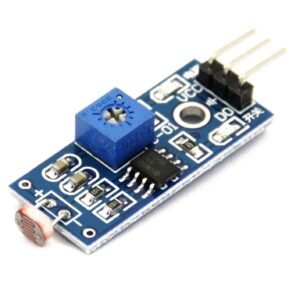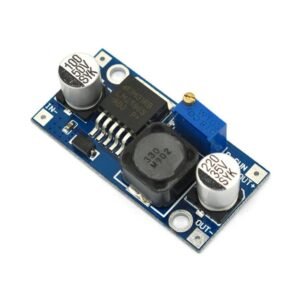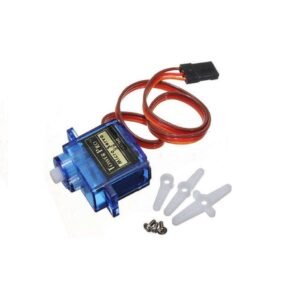Flame Sensor Module Arduino
Flame Sensor Working and Its Applications
A sensor which is most sensitive to a normal light is known as a flame sensor. That’s why this sensor module is used in flame alarms. This sensor detects flame otherwise wavelength within the range of 760 nm – 1100 nm from the light source. This sensor can be easily damaged to high temperature. So this sensor can be placed at a certain distance from the flame. The flame detection can be done from a 100cm distance and the detection angle will be 600. The output of this sensor is an analog signal or digital signal. These sensors are used in fire fighting robots like as a flame alarm.
What is a Flame Sensor?
A flame-sensor is one kind of detector which is mainly designed for detecting as well as responding to the occurrence of a fire or flame. The flame detection response can depend on its fitting. It includes an alarm system, a natural gas line, propane & a fire suppression system. This sensor is used in industrial boilers. The main function of this is to give authentication whether the boiler is properly working or not. The response of these sensors is faster as well as more accurate compare with a heat/smoke detector because of its mechanism while detecting the flame.
Working Principle
This sensor/detector can be built with an electronic circuit using a receiver like electromagnetic radiation. This sensor uses the infrared flame flash method, which allows the sensor to work through a coating of oil, dust, water vapor, otherwise ice.
Flame Sensor Module
The pin configuration of this sensor is shown below. It includes four pins which include the following. When this module works with a microcontroller unit then the pins are
flame-sensor
flame-sensor
Pin1 (VCC pin): Voltage supply rages from 3.3V to 5.3V
Pin2 (GND): This is a ground pin
Pin3 (AOUT): This is an analog output pin (MCU.IO)
Pin4 (DOUT): This is a digital output pin (MCU.IO)
Different Types
Flame-sensors are classified into four types
IR single frequency
IR multi-spectrum
UV flame detectors
UV/ IR flame detectors
Features & Specifications
The features of this sensor include the following.
Photosensitivity is high
Response time is fast
Simple to use
Sensitivity is adjustable
Detection angle is 600,
It is responsive to the flame range.
Accuracy can be adjustable
Operating voltage of this sensor is 3.3V to 5V
Analog voltage o/ps and digital switch o/ps
The PCB size is 3cm X 1.6cm
Power indicator & digital switch o/p indicator
If the flame intensity is lighter within 0.8m then the flame test can be activated, if the flame intensity is high, then the detection of distance will be improved.
Applications
These sensors are used in several dangerous situations which include the following.
Hydrogen stations
Industrial heating
Fire detection
Fire alarm
Fire fighting robot
Drying systems
Industrial gas turbines
Domestic heating systems
Gas-powered cooking devices
Thus, this is all about a flame sensor. From the above information finally, we can conclude that the main purpose of this sensor is to reduce the risks which are associated with the ignition. These sensors respond frequently than a smoke or heat detector. Here is a question for you, what are the advantages of the flame-sensor?
Overview
Sensitive to flame spectrum
Features wide range voltage comparator LM393
Adjustable sensitivity
Signal output indicator
Specifications
Spectrum range: 760nm ~ 1100nm
Detection angle: 0 – 60 degree
Power: 3.3V ~ 5.3V
Operating temperature: -25℃ ~ 85℃
Dimension: 27.3mm * 15.4mm
Mounting holes size: 2.0mm
Applications
Fire detection
Fire fighting robot
Fire alarm
How to Use
In the case of working with a MCU:
VCC ↔ 3.3V ~ 5.3V
GND ↔ power supply ground
AOUT ↔ MCU.IO (analog output)
DOUT ↔ MCU.IO (digital output)







There are no reviews yet.